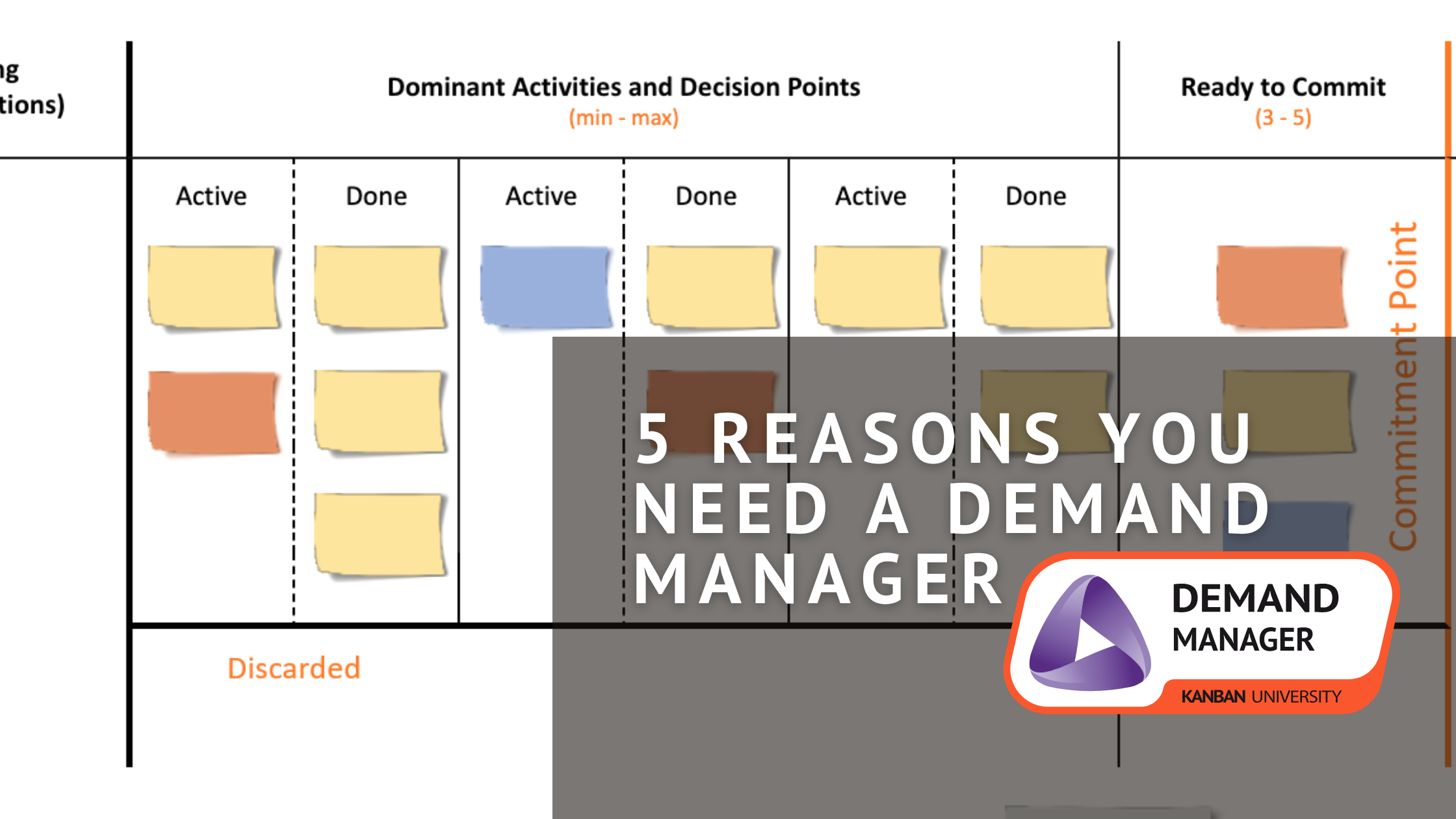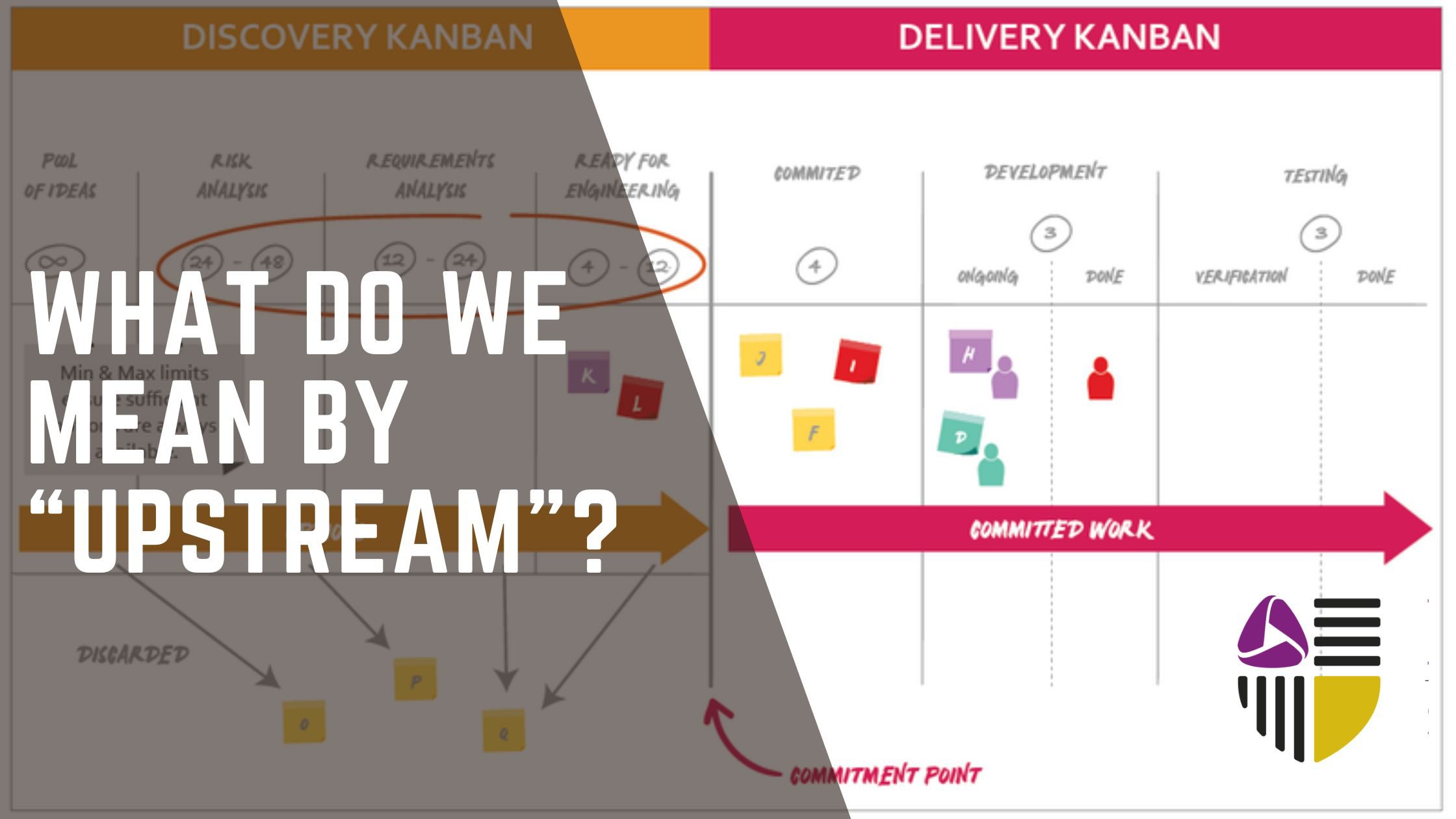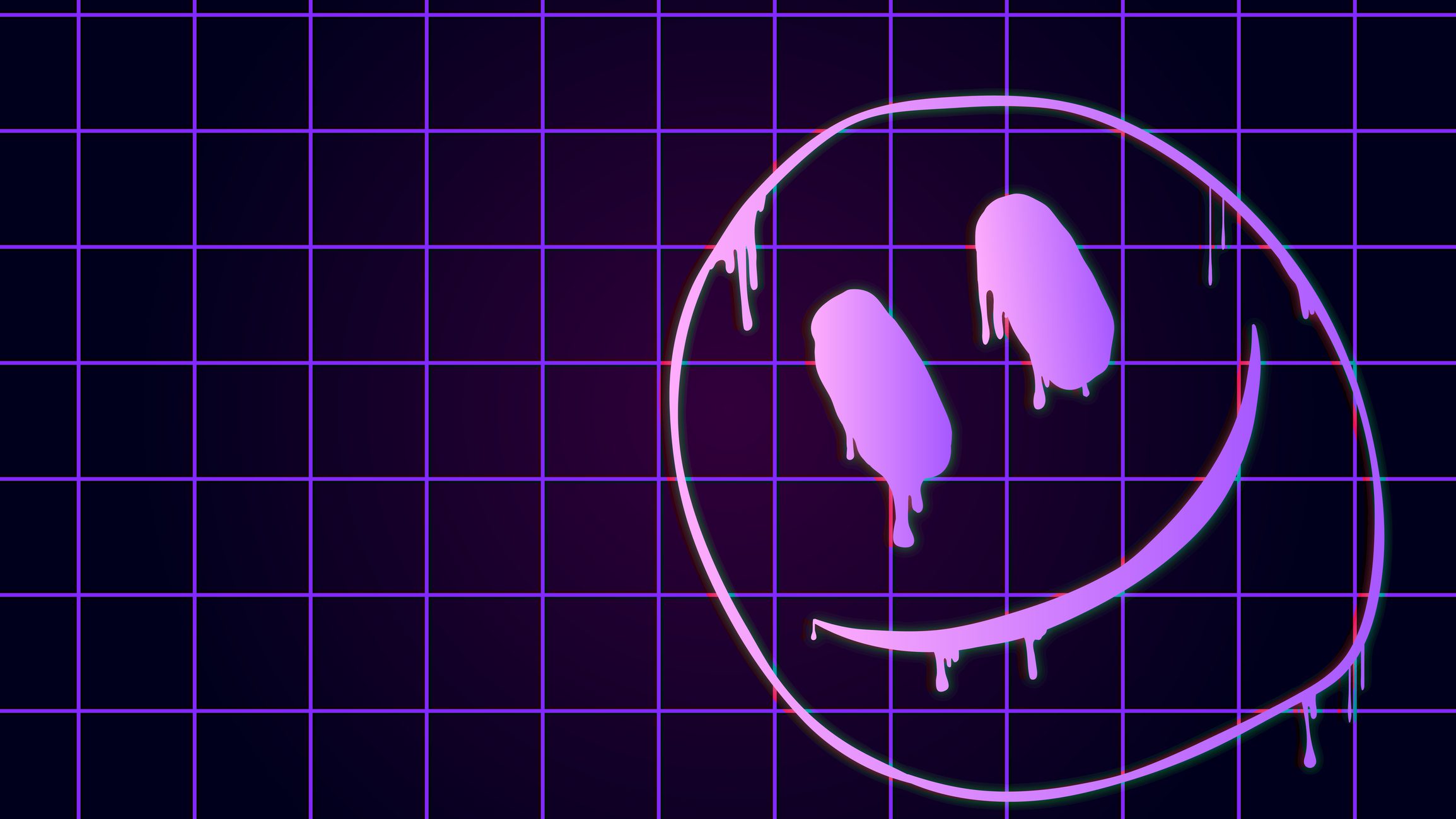5 Reasons You Need a Demand Manager (Spoiler Alert, You Might Already Have One)
In most organizations, the work that hits delivery teams feels endless. Ideas pour in from customers, leadership, and every corner of the company. Everyone wants something started now. But if everything is a priority, nothing truly is. That’s where the Demand Manager comes in, often without the title.
The Demand Manager’s job is to bring clarity to the front end of work, before anything reaches delivery. This person helps teams make better decisions about what to start, when to start it, and whether it should be started at all. And chances are, someone on your team is already doing part of this role, just without the structure or recognition.
Here are five reasons you need a Demand Manager in your organization.
1. Because work doesn’t really start in delivery
Most teams begin managing work too late, once tasks are already in the backlog or sprint board. By then, the real decisions have already been made upstream.
A Demand Manager looks earlier in the system, where ideas first appear, and brings order to the “fuzzy front end.” They help your team understand demand before commitment, so you can focus on the right work instead of juggling too much of it.
2. Because ideas are not commitments
Not every idea deserves to be started.
The Demand Manager introduces option thinking — treating ideas as possibilities, not promises.
This mindset helps teams:
- Evaluate ideas more objectively
- Test assumptions before investing
- Keep options open until the right time
It’s not about saying “no” more often, it’s about saying “yes” at the right time and for the right reasons.
3. Because unmanaged demand creates hidden costs
When every request goes straight into delivery, the result is predictable: overloaded teams, context switching, and poor predictability.
The Demand Manager works to keep demand and capacity aligned. By visualizing the flow of ideas and using tools like upstream Kanban, they prevent overcommitment and make workflow bottlenecks visible.
The payoff?
Better flow, faster delivery, and fewer late-night emergencies.
4. Because strategy lives or dies upstream
Strategic alignment doesn’t happen on the board, it happens before the board. The Demand Manager ensures that what reaches delivery actually supports strategic goals.
They create feedback loops between leadership, product, and delivery, helping organizations make choices grounded in real capacity and customer value, not wishful thinking.
5. Because you probably already have one, unofficially
In most teams, someone is already acting as a Demand Manager.
Maybe it’s your Product Manager, Scrum Master, or Team Lead — the person who filters ideas, negotiates priorities, and shields the team from overload.
Recognizing and supporting that role formally gives them the structure, language, and tools to make those decisions visible and consistent.
That’s what the Demand Manager course teaches: how to make upstream management a shared, deliberate practice, not an accidental one.
Final Thought
Managing demand isn’t just about keeping the backlog under control. It’s about creating clarity before commitment, so your teams can deliver the right outcomes, not just more output.
Whether you call them a Demand Manager, Upstream Owner, or simply “the person who makes sense of the chaos,” this role is already shaping your success. The question is: are you giving them the tools and recognition they need to do it well?
Master the Demand Manager role and upstream Kanban with our Demand Manager Training Course.





